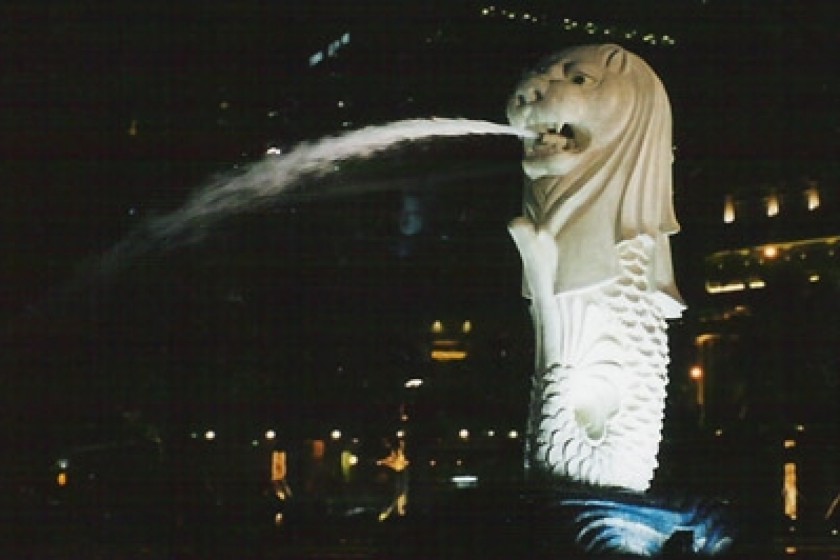
Nadia Wright: “Making Sense of Historical Mysteries is Fascinating”
Australian teacher researches history of Armenians in Singapore & Malaysia
Armenians never totaled more than 100 at any given time in Singapore. Armenians comprised a tiny group in Singapore’s history, totaling 656 identified individuals between 1820 and 2002. Of the 656, only around 184 remained in Singapore for more than 25 years and only 12 Armenian families saw grandchildren born in Singapore.
“The last Armenian of the old Singapore community died in 2009. I would say there would be fewer than 40 Armenians including expatriates and part Armenians living there now. The first Armenian from Armenia to live in Singapore was a doctor whose family spent one year there in 2002 before returning to Yerevan. I know of only a few expatriate Armenians living in Malaysia,” Nadia Wright writes to Hetq.
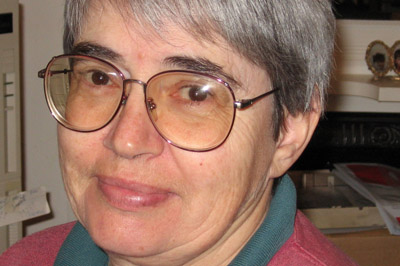 Nadia Wright is a retired secondary school teacher whose hobby is researching Armenians of Singapore and Malaysia. She lives in Australia and now is completing a PhD in History at the University of Melbourne.
Nadia Wright is a retired secondary school teacher whose hobby is researching Armenians of Singapore and Malaysia. She lives in Australia and now is completing a PhD in History at the University of Melbourne.
Nadia was born in New Zealand. Her mother, Varsnik Deukmedjian was an Armenian. Her father, Jack Meikle, was a New Zealander who had met Varsnik in Egypt. Nadia’s maternal grandparents had immigrated from Amassia during the Genocide and ended up in Alexandria.
“Hence, I always knew my Armenian heritage. But there were so few other Armenians in New Zealand that I was never taught the language, apart from a few words. I was always curious about Armenians as my mother was reluctant to talk about what had happened to her family. In fact, I never met another Armenian until I was about 16. My mother read that an Armenian from France had come to a nearby city and eagerly arranged for him to visit us. So, I guess it is not surprising that when I was in Singapore I wondered why Armenians had settled there,” Nadia Wright says.
She has never been to the Republic of Armenia. “I would like to go, but feel more drawn to Amassia, my grandparents’ birthplace,” Nadya Wright says.
She decided to research the history of Armenians in Singapore in 1985 when her husband, Peter Wright, was posted there. Her research spread to Malaysia as the first Armenian connections were the traders in Malacca and Penang (which are Malaysian states). From those towns, as well as from India and the Dutch East Indies (Dutch colony that became modern Indonesia), Armenians had migrated to Singapore.
All Armenians settled in Singapore before the Genocide. Because of the presence of the Armenian community in Singapore, the local newspapers covered the genocides of the 1890s, 1909 and 1915 in great detail. The Armenians who ventured to Penang and Singapore did not come from historic Armenia but from Persia, India or Java.
The early Armenian traders mixed within the European communities in Malacca, Penang and Singapore. These were British colonies. Armenians mixed socially and commercially, and during the 19th century there was a lot of intermarriage, mainly with Europeans. Their offspring were sometimes regarded as Eurasian or British – depending on the race of the other spouse and social standing.
In 1960s, there were about 60 Armenians or part-Armenians remaining in Singapore. “I have spoken to people who had one Armenian grandparent, but they did not acknowledge this. Today, I would suggest that many young Singaporeans do not know what an Armenian is and some still insist they are Jewish. However, as there is a revived interest in minority ancestry in Singapore, more people are searching for their roots and finding Armenian ones,” Nadia Wright says.
She is the author of several journal articles, as well as the co-author of the book “Vanda Miss Joaquim: Singapore’s National Flower & the Legacy of Agnes & Ridley”.
In 2003, her book “Respected Citizens: the History of Armenians in Singapore and Malaysia” was published. According to the book not only did Armenians become respected citizens during their lifetime, but 4 of Singapore’s icons owe their existence to them.
Singapore’s national flower was bred by Ashkhen Hovakimian
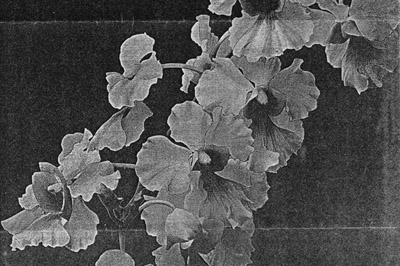 The world’s first cultivated Vanda hybrid was bred by Ashkhen Hovakimian, or in English, Agnes Joaquim, in the 1880s. Ashkhen was born in Singapore in 1854. Named Vanda Miss Joaquim after her, the flower is also known as the Singapore orchid.
The world’s first cultivated Vanda hybrid was bred by Ashkhen Hovakimian, or in English, Agnes Joaquim, in the 1880s. Ashkhen was born in Singapore in 1854. Named Vanda Miss Joaquim after her, the flower is also known as the Singapore orchid.
Vanda Miss Joaquim became one of the most popular and prolific orchids in Singapore, the Philippines and Hawaii (now a US state). A lucrative export trade developed with increasing orders of Vanda Miss Joaquims being flown to Europe.
Agnes won prizes for orchids, other flowers and fruit. Agnes’s orchid won first prize for the rarest orchid in the 1899 Flower Show with its exhibition of numerous and gorgeous orchids and Agnes was publicly recognized for her achievement. After this success, she died within 3 months suffering from cancer.
In 1947, Vanda Miss Joaquim was chosen as the most fitting emblem for the nascent Progressive Party. In 1981, from a field of 40 contenders, Vanda Miss Joaquim was selected as the national flower of Singapore.
In her book, Nadia Write writes that not only did Agnes produce the first Vanda hybrid, but it appears she was the first woman in the world to breed a hybrid orchid.
Sarkies brothers and their hotels became part of Singaporean folklore
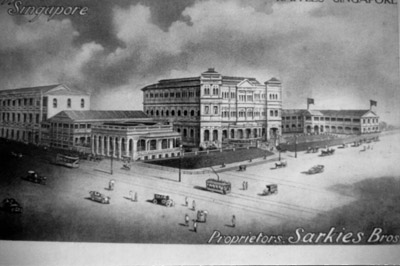 Today, the Raffles Hotel in Singapore forms part of an extensive international Raffles hotel chain. The hotel was opened in 1887 and managed by Tigran Sarkies.
Today, the Raffles Hotel in Singapore forms part of an extensive international Raffles hotel chain. The hotel was opened in 1887 and managed by Tigran Sarkies.
The Sarkies brothers – Martin, Tigran, Aviet and Arshak, who came from Isfahan in Persia, became the foremost hoteliers of the East. Their hotels in Penang (The Eastern and the Oriental Hotel and The Crag Hotel) and Singapore dominated the hospitality trade in the Straits Settlements (a former British colony now mostly incorporated in Malaysia) for nearly 50 years, while in Rangoon (now the largest city of Myanmar) they ran the famous Strand Hotel.
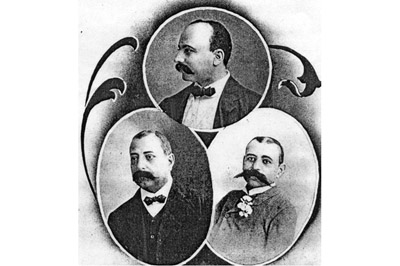 The brothers named their hotel after Sir Stamford Raffles, the founder of Singapore, whose statue had been unveiled amidst the splendour of Queen Victoria’s jubilee celebrations earlier that year.
The brothers named their hotel after Sir Stamford Raffles, the founder of Singapore, whose statue had been unveiled amidst the splendour of Queen Victoria’s jubilee celebrations earlier that year.
Raffles Hotel’s fame escalated after its new Renaissance style block was opened in 1899. Raffles Hotel was soon named as one of the ‘lions’ of Singapore, being described as the most imposing of hotels, with the best dining room in Asia (Straits Times, 1900). The grandest balls and banquets were hosted at Raffles while guests included royalty and celebrities.
In 1899, Raffles was the only hotel in the Straits Settlements that not only had its own steam engine to generate electricity, but a 10,000-gallon tank ensured a steady water supply.
In 1931, Sarkies Brothers went bankrupt and Raffles Hotel was put into receivership. But the hotel soon came back and continued to constitute an integral part of Singapore’s social scene. This was not only due to the Armenian owners but the many Armenian staff who had built Raffles’ reputation.
Raffles featured in many travelers’ tales of the East, while former residents recalled unforgettable evenings there. The Sarkies brothers and their hotels became part of local folklore.
“Just as Raffles Hotel was an icon over 100 years ago, so it is today. Designated a national monument in 1987, the hotel was extensively restored and rejuvenated, reopening in 1991 to reclaim its place as one of the world’s grand hotels,” Nadia Wright says.
St Gregory the Illuminator is promoted as one of the sights of Singapore
Built in 1835, the Armenian Apostolic Church of St Gregory the Illuminator is the oldest existing Christian church in Singapore, and one of only two Armenian churches remaining in the region (the other is the Armenian Apostolic Church of St John the Baptist in Rangoon).
St Gregory the Illuminator Church was built on the order of the 10 Armenian families living in Singapore in the 1830s. Its cost was a huge undertaking for the small Armenian community. But local Armenians, and others from India and Java, donated most of the funds. The community also had to build a parsonage in the Church grounds in 1905 and pay for a priest who was sent out from New Julfa.
In Nadia Wright’s words, looking at the church from the outside, one sees little evidence of its Armenian origins. The original domed tower has been replaced and porticos were added on three sides. But the interior design manifests many distinctive features of traditional Armenian churches.
St Gregory’s Church is now promoted as one of the sights of Singapore. It holds occasional Armenian Church services, is a popular wedding venue and hosts cultural events.
Next March, the Church is holding celebrations marking its 175th anniversary.
The Straits Times is one of the region’s oldest English-language dailies
According to the web-site of The Straits Times, it is the most widely read newspaper in Singapore today and one of the region’s oldest English-language daily’s. However, the newspaper’s website fails to note who founded the paper.
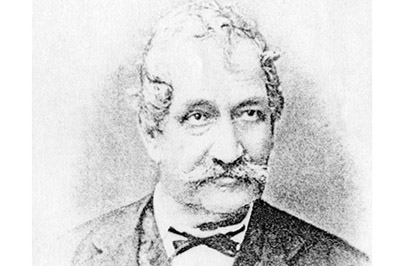 In 1845 a leading merchant and noted member of the Armenian community, Catchick Moses, (Movsessian) founded The Straits Times newspaper.
In 1845 a leading merchant and noted member of the Armenian community, Catchick Moses, (Movsessian) founded The Straits Times newspaper.
His friend Martyrose Apcar had ordered the printing equipment from England but his firm Apcar and Company collapsed. To help him out, Catchick took over the printing equipment and appointed Robert Woods as editor.
However, the venture was not financially rewarding and in 1846 Catchick sold the paper to Robert Woods.
“Making sense of historical mysteries and finding new information and evidence is fascinating. Letters of thanks and appreciation from readers for my research is most pleasing. Some people were unaware of the role of the Armenians in Singapore’s history while others were delighted to learn about their own family history,” Nadia Write tells Hetq.
She has researched some 44 Armenian families in Singapore and Malaysia.
 Videos
Videos Photos
Photos




Comments (2)
Write a comment